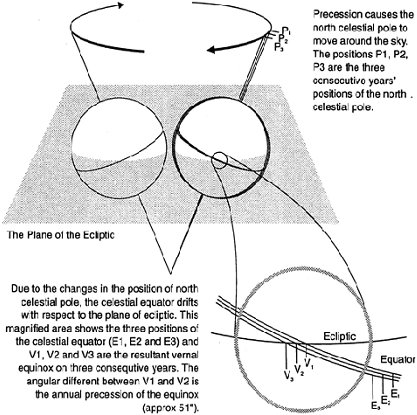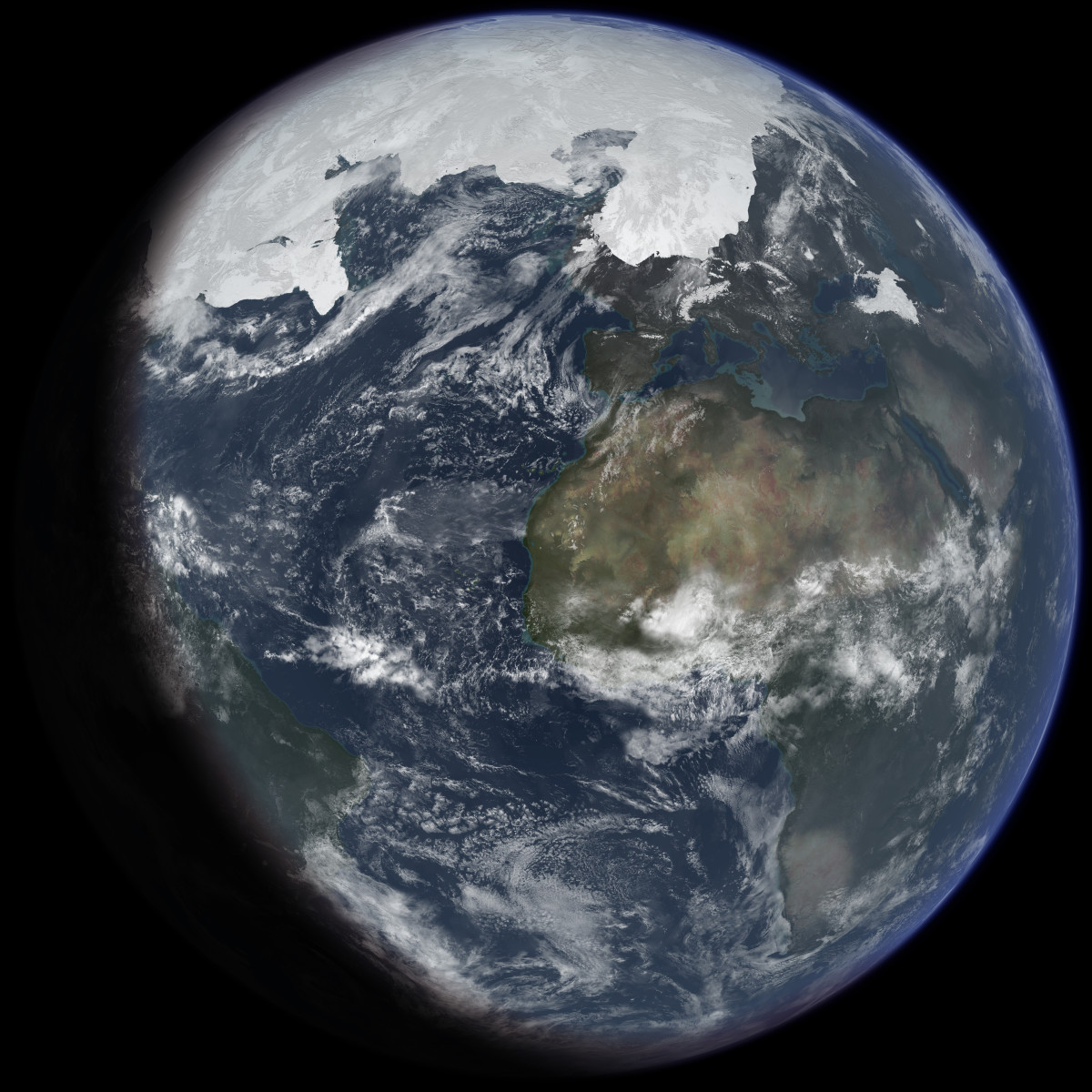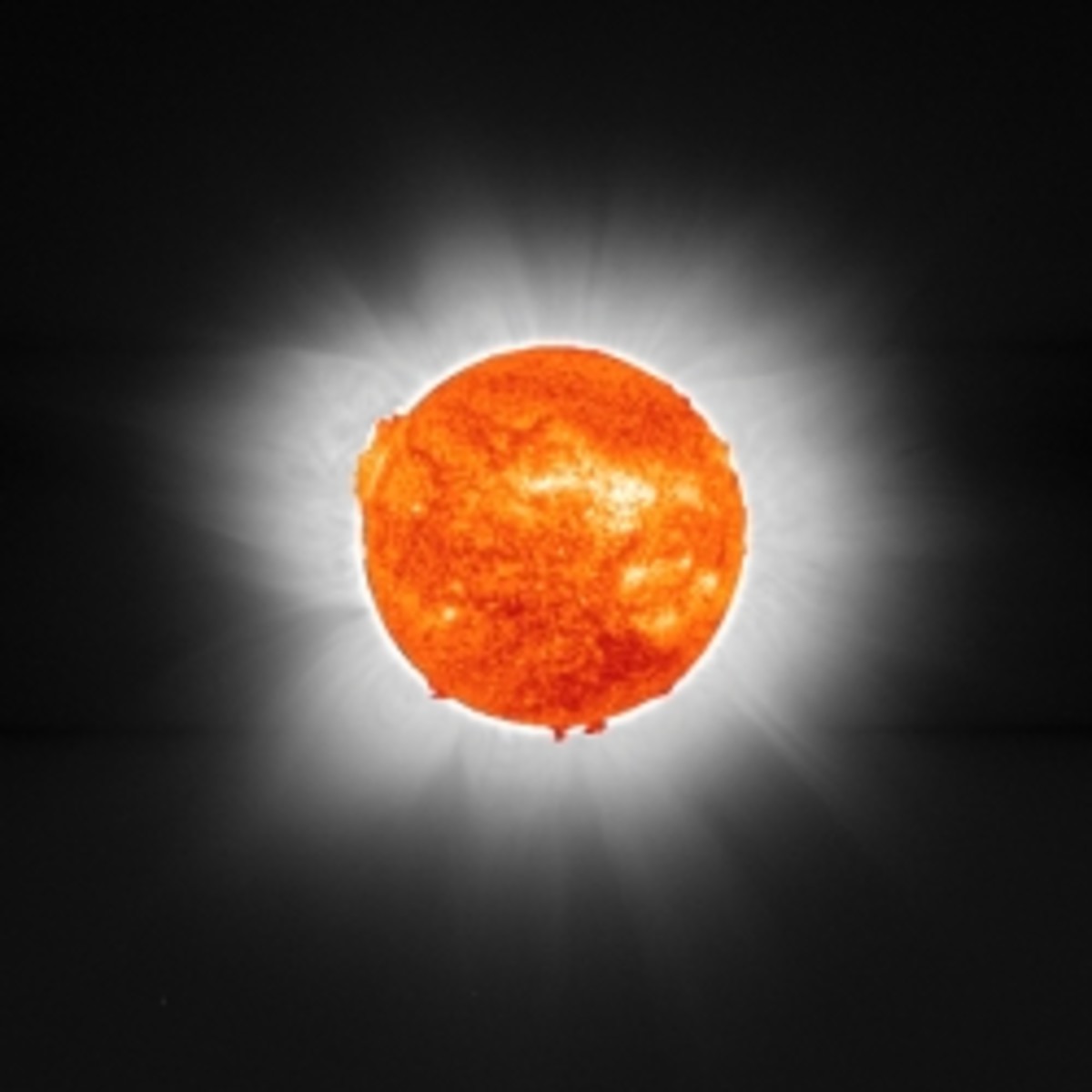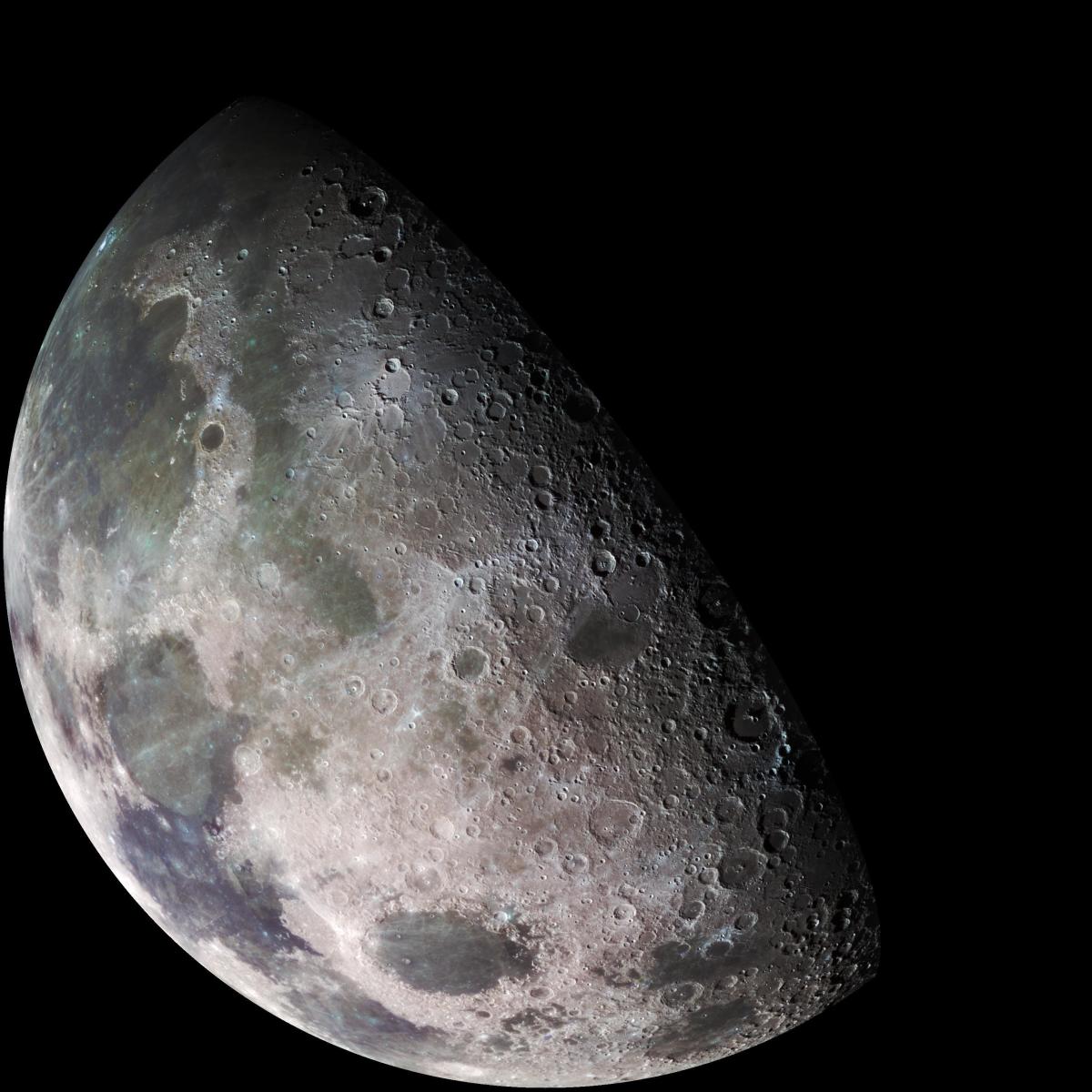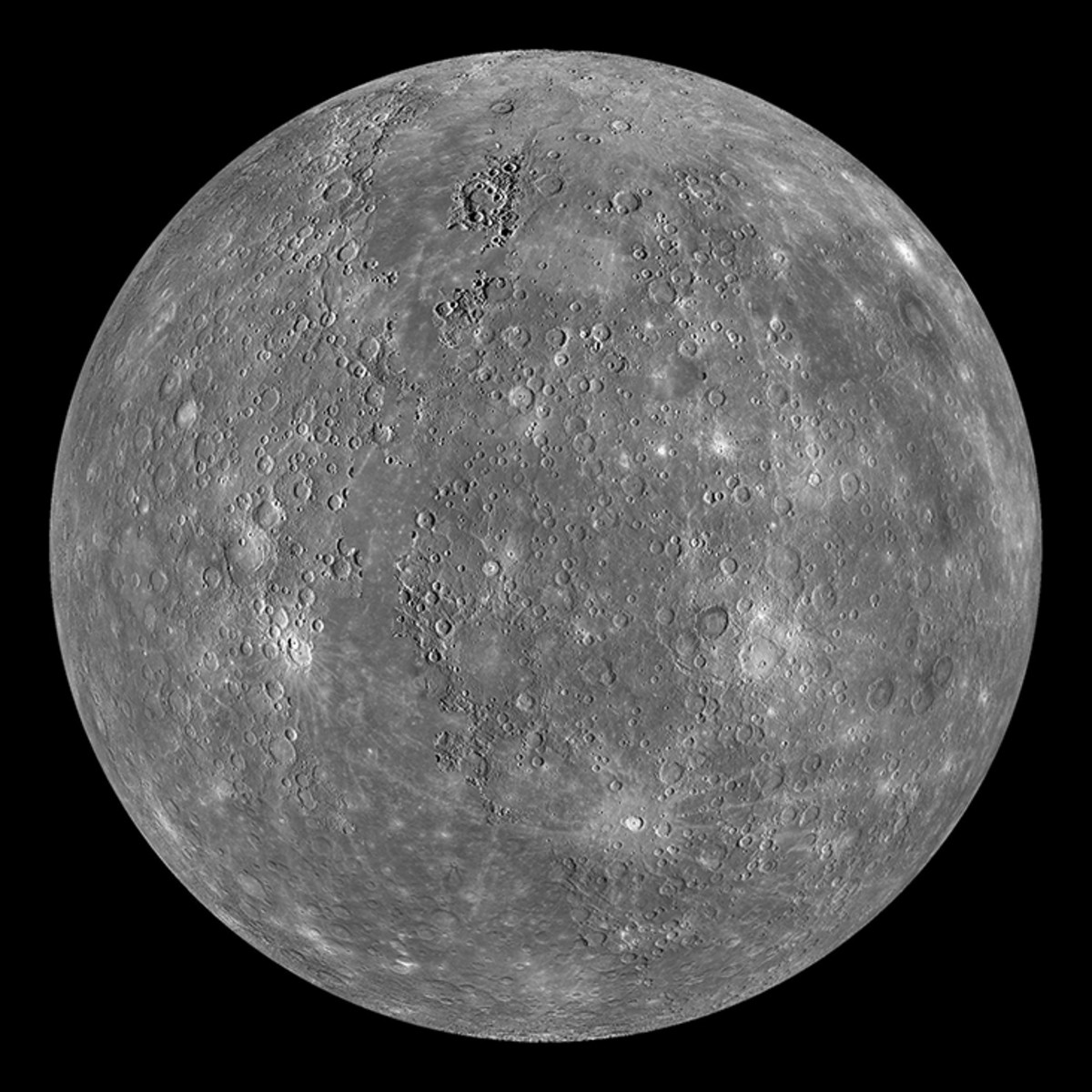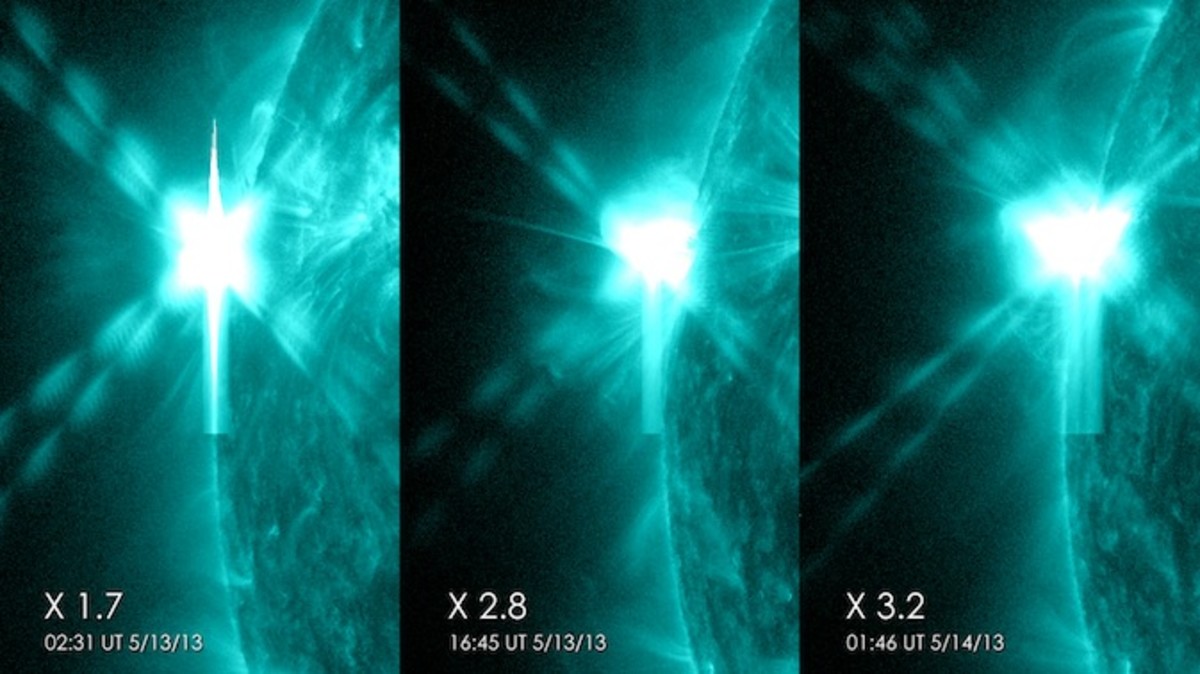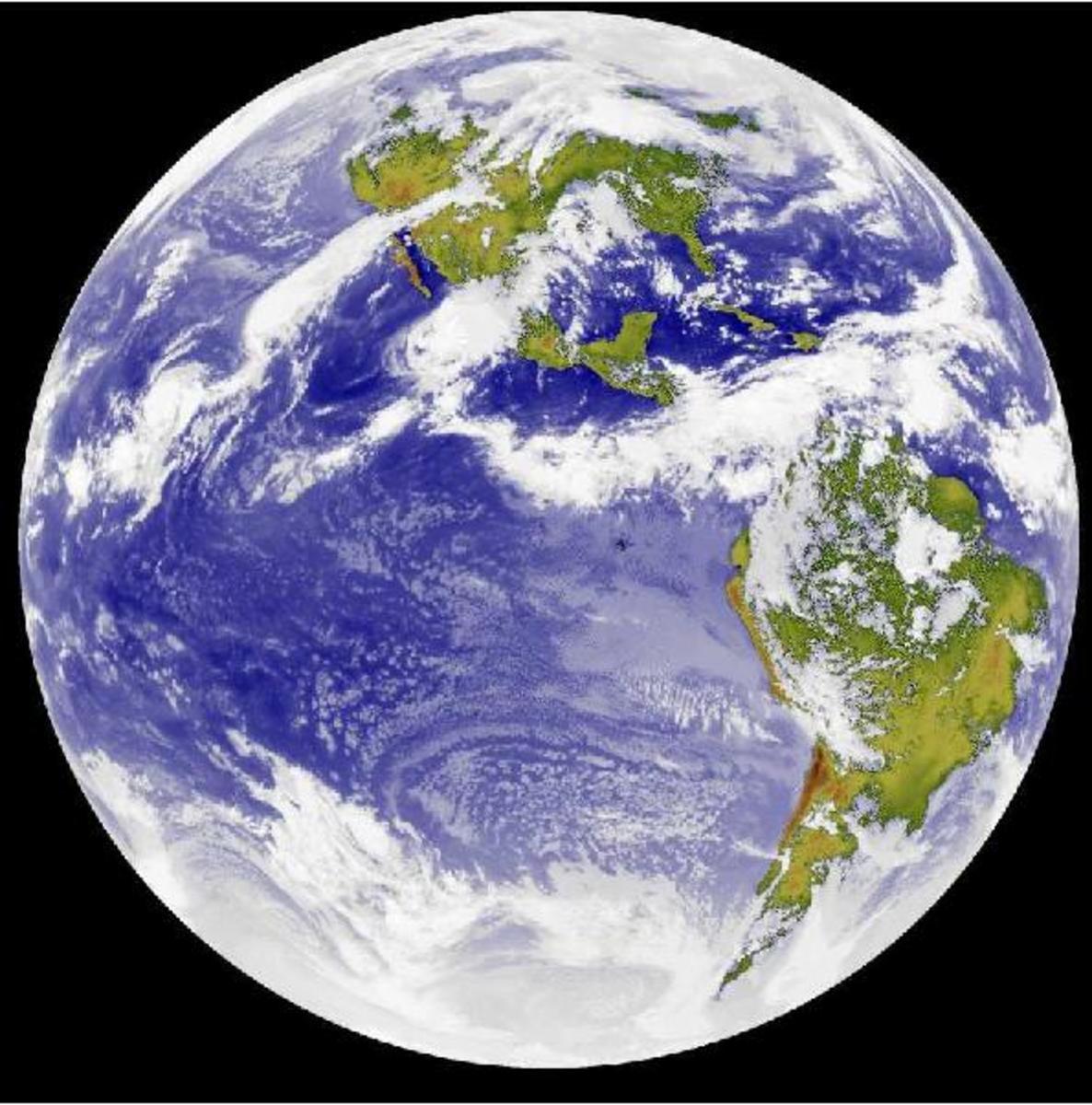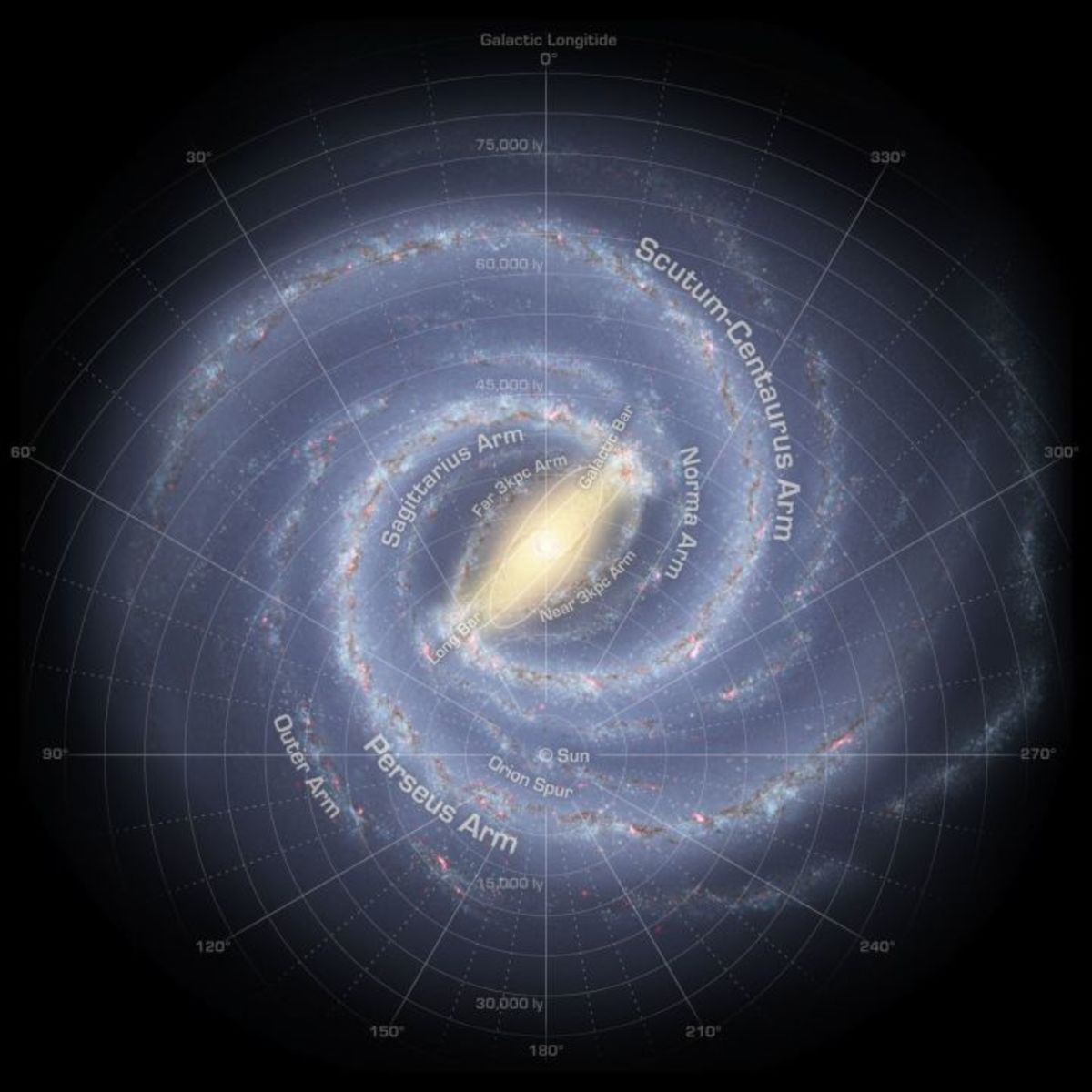Overview on time standards based on Earth's rotation
The analema gives us some sense of one of the artifacts of the earth's rotation
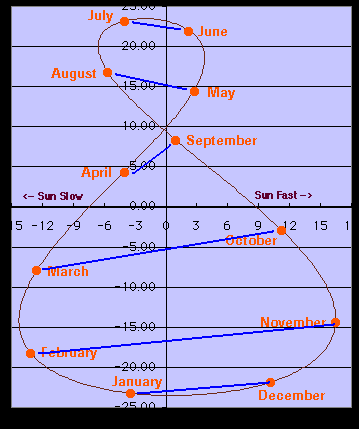
How the earth's inconstant rotation has subtle influneces on how we meansure time.
Timing is everything; so we are told. But what time are we considering when we say this? The Earth is an inconstant timepiece at the best of times. We know this as a result of contemporary observations using atomic clocks. There are many reasons for this that will be explained in due course, but we have developed and evolved calendars and time-pieces that were based on the averaged inconstancy of the seasonal rotation and influences from the rest of the solar system. Not only this, we have a dual view of the Earth's rotation based on the sun and the stars. It is important to be aware of both, particularly for reasons of navigation whether by air, sea or in space. Thus there are in reality a number of time streams existing in a combined and uneven manner that we have to fuse together in order to attain a standard measure of time.
Earth has a complex elliptical orbit that brings it closest to the sun on or about January 4th (epoch 1980) as an average in the annual revolution. This orbital elongation is what is behind what we call the analema that places the sun as measured by a specific moment of time in a 24 hour period somewhere on an annual projection that looks like a figure eight. This is not a constant, as the orbit of the Earth is changing in elongation, inclination and orientation of the semi-major orbital axis. The 24 hour day is actually an averaging of all these factors combined with the Earth's rotation. The rotation of the Earth is considered an inaccurate time piece based on current standards, yet for all of our history prior to accurate time pieces, timing was based on the rotation of the Earth.
Since the formation of the moon during the first great bombardment period, the rotation of the Earth has been slowing and is still doing so now. Earth's rotation has been slowing due the exchange of angular momentum from the earth to the moon. During the early history of the Earth, the accumulating debris that formed the proto-Earth sped up rotation to about eight hours in a day. The formation of the moon as a result of a huge grazing impact changed everything. The fast spinning Earth had a large equatorial bulge and the tidal interaction between the Earth and moon had a double effect. The moon was flung further and further away and Earth's rotation slowed. This is still occurring and has been measured by NASA. Coupled with atomic clocks we have found that Earth is slowing by about a millisecond a year. That means the day is getting imperceptibly longer. The early moon was also likely spinning, but one side became tidally locked to the Earth so that the same side always faces toward us. For the most part, the time change has been so minute that we do not feel the effects and many species are locked to the 24 hour circadian rhythm including people. Modern jet lag is a phenomenon associated with this circadian rhythm that goes out of whack when we artificially cross even a few time zones and try to adapt to the new location cycle. Not only are we adapted to the Earth's synodic rotation in relation to the sun, we are also location sensitive.
Influences of the planets are felt with changes of the exact day of the equinoxes and solstices. In ancient times this was not so much of a bother as the timing of the equinoxes and solstices was linked to complexes oriented to the sun, moon and stars. It was with the development and advent of the numerical calendar that we first noticed the drift of the equinoctial day a day either way from the average. Now that we can calculate the movement of the planets with high accuracy we can determine when the exact equinoctial moment is. Depending on the particular relationship of the planets, the Earth will be slightly sped or slowed in it orbit.
Changes in the Earth's period of rotation are also due to Earth changes within the planet. This was noticed most recently during the 2004 Boxing Day earthquake of Malaysia. The speed of rotation increased by a millisecond, i.e., the day was one millisecond shorter. The Chandler Wobble also experienced a dramatic one day shift. After that great shock and collapse of the seafloor, the Earth did a similar thing to a spinning figure skater pulls in their arms. It sped up! Recently it was found that the core of the Earth is spinning slightly faster than the crust, an artefact of the moon's interaction and proof that the Earth's rotation is slowing in a differential way.
One of the ways we can determine the exact rotation of the planet is by the sidereal measurement of rotation against distant stars. This is one of the earlier ways that we could determine important events like the equinoxes and the solstices. The measurement of time this way was important enough to the ancient Egyptians who calculated their annual flood to the helical rising of Sirius that they oriented their year and religion around it. The Egyptians laid the foundations for the western calendar. Separately, the Olmecs, Aztecs, Inca and Maya did the same thing in Mesoamerica, but they used different stars and the Maya even used Venus. Based on the Earth's rotation and the almost exact eight year cycle of Venus between being a morning star and an evening star and back to morning, they were able to predict their annual rains, so essential for raising maize. Venus was incorporated into the Mayan calendar rounds as was the sun and moon. Venus forms an essential part of their long count. The Maya calendar is considered to be one of the most accurate, even to the point of being more so than our Gregorian calendar.
We read in the Bible about the four and twenty elders around the holy throne. This is a reference to the twenty four hours of the day. Speculation has it that there are twelve hours for the day and twelve for the night for the twelve zodiacal signs. This division reflects the light and dark sides of the zodiacal signs. The twelve point division comes from ancient times when the year was divided into twelve lunar months. It turns out that the lunar year contains between twelve and thirteen lunations. The ancients also knew that it took nineteen solar years to bring a completion of a lunar cycle that we call a metonic cycle. All of this of course was based on the rotation of the Earth. Before there were clocks of any kind, there were sky watchers who counted all the various cycles. Some kept meticulous records like the Egyptians and the Maya.
The solar radiation effect cause lighter objects to actually increase their orbital distance. When orbits then phase lock with planets and go into resonance, the objects are subjected to three possible fates. The Earth and all the planets are also affected this way, but due to their much greater mass, are not appreciably affected.
The solar magnetic field interacts with the Earth and will cause the Earth to vary in rotation slightly. As the geomagnetosphere is inclined to the spin axis, it is also more strongly inclined to the ecliptic and the daily and constant reorientation of the magnetic filed in relation to the sun, cause the Earth's day to be inconstant from moment to moment. Now that a magnetic reversal is underway, the outlook is unpredictable in the near and far term. But we now keep time not by the sun, moon and stars that are reflected by the rotation of the Earth, but by clocks that are far more constant. A new standard now exists that is now separate from the rotation of the Earth, but has this as its ultimate source.
When humanity finally gets to other planets, timing will also have to change. As Mars has a day that is almost twenty five hours, this will represent a shock to the twenty four hour circadian rhythm of human beings. This fact was laid bare when the people on the Mars rover program forced the crew on Earth to live in twenty five hour days instead of twenty four. In quick order, they suffered the equivalent of jet lag and this ran for the extent of the program. It will take generations of people living on Mars to adapt to the new rotational time. As we have as a species entirely on Earth, with the rare exception, we are firmly ensconced to the natural time of Earth's rotation. One clue to adaptation is to link people to the lunar day which is a close match to Mars' day. Experiments show that people put into isolation where they have no contact with the sun, drift toward a 25 hour day linked to the lunar position over a particular location day by day.
the precession of the equinox gives us another clue on how tiem changes.
